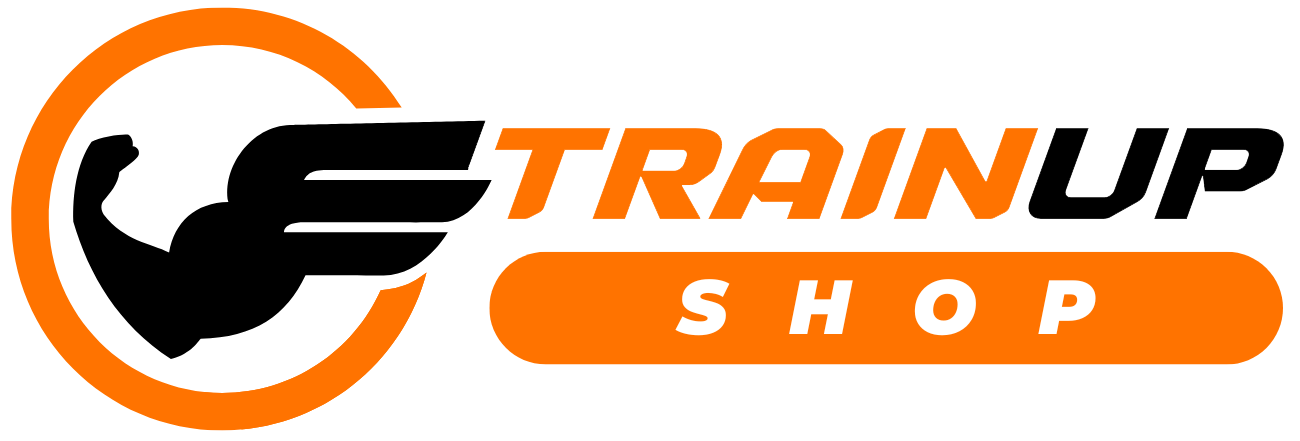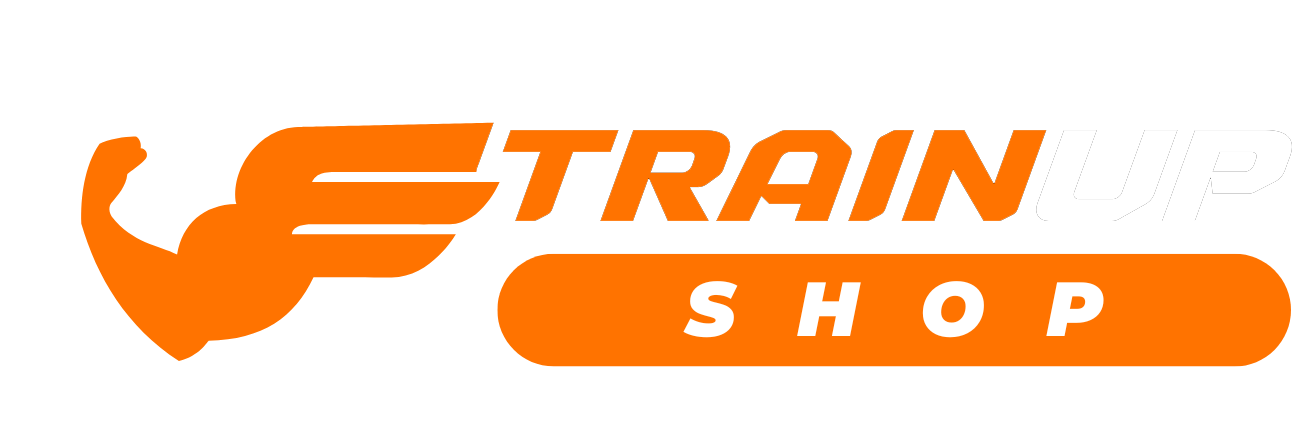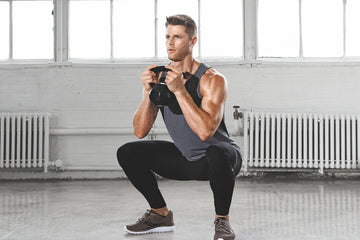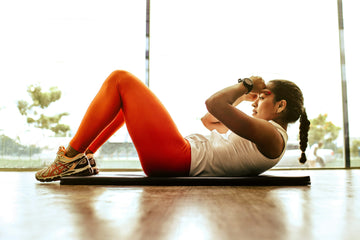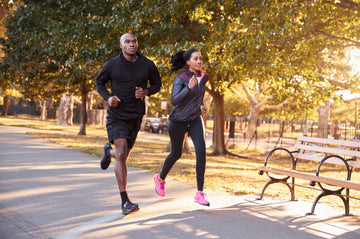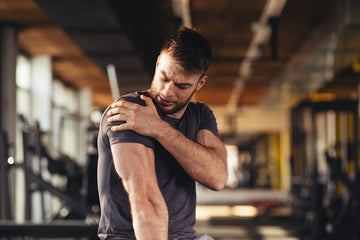Strength training often sounds intimidating to someone just starting out. Heavy weights, complicated machines, and grunting gym regulars can make the whole thing seem like a professional-only arena. But here’s the truth: you don’t need a fully equipped gym to start building strength. All you really need are a few versatile tools, the willingness to learn, and a bit of consistency.
If you’re new to strength training, think of it less as a test of brute force and more like a long-term investment in yourself. A stronger body doesn’t just mean bigger muscles—it means better posture, improved balance, a faster metabolism, and even a clearer mind. And here’s the best part: the right tools make it easier (and a lot less overwhelming) to get started.
Today, we’ll break down the top five strength training tools for beginners. These are simple, effective, and perfect for anyone dipping their toes into the world of fitness. Plus, most of them won’t take up much space, making them ideal for home workouts.
1. Resistance Bands – Small but Mighty
If there’s one tool every beginner should own, it’s resistance bands. Don’t underestimate these stretchy pieces of rubber—they can replicate many exercises you’d normally do with heavy weights.
Resistance bands work by creating constant tension in your muscles throughout the entire movement. This not only helps build strength but also improves control and stability. You can use them for squats, bicep curls, shoulder presses, or even assisted pull-ups.
A great starter option is something like an 11Pcs Resistance Bands Set, which usually comes with different resistance levels, handles, and even ankle straps. This variety allows you to progress gradually without needing to buy new equipment every time you get stronger.
2. The Ab Roller – Core Strength Simplified
A strong core is the backbone of all strength training, and the ab roller is one of the simplest tools to get there. It may look unassuming, but rolling out and back requires strength not only from your abs but also from your shoulders, arms, and back.
Beginners can start with short, controlled movements before working up to longer rollouts. Over time, your stability improves, and you’ll notice better posture and reduced lower back pain.
If you want extra support, tools like the Automatic Rebound Elbow Support AB Roller make the exercise more beginner-friendly by offering controlled return motion. This reduces strain and gives you the confidence to keep practicing.
3. Kettlebells – Functional Strength in Your Hands
Kettlebells are a fantastic way to mix strength and cardio in one tool. Their unique design shifts the weight away from your hand, forcing your stabilizing muscles to work overtime. From swings and goblet squats to presses and carries, kettlebells build functional strength that translates into everyday life.
For beginners, the key is to start light and master proper form before increasing weight. If you’re not ready to invest in multiple kettlebells, consider an Adjustable Kettle Bell Grip, which transforms a standard dumbbell into a kettlebell—saving money and space.
4. Push-Up Stands – Master Your Bodyweight
Push-ups are one of the most effective exercises you can do without any equipment, but adding push-up stands can take them to the next level. These small but powerful tools help reduce wrist strain and allow for a deeper range of motion, which makes your muscles work harder.
They’re perfect for building strength in the chest, shoulders, and triceps. Beginners can use them with bent knees for a modified push-up until they’re strong enough to perform full reps. They’re also light and portable, which makes them a great addition to any home setup.
5. Balance Boards – Stability Meets Strength
Strength training isn’t only about lifting heavier—it’s also about control. That’s where balance boards come in. These platforms challenge your stability, forcing your core and smaller stabilizing muscles to engage.
For beginners, exercises like squats, planks, or even standing balances on a 360 Degree Balance Board can greatly improve coordination, balance, and overall body awareness. This not only enhances strength training results but also reduces the risk of injuries.
Wrapping It Up: Strength Training is for Everyone
Starting your strength training journey doesn’t require a massive investment or complicated routines. With just a few beginner-friendly tools—resistance bands, an ab roller, a kettlebell (or grip), push-up stands, and a balance board—you can build a strong foundation right from your living room.
The most important part isn’t the weight you lift or the tool you use; it’s consistency. By practicing a few simple exercises regularly and gradually pushing yourself, you’ll notice changes not only in your body but also in your energy, confidence, and resilience.
Strength is more than muscles—it’s about preparing your body to handle whatever life throws your way. Start small, stay steady, and let these tools guide you toward a stronger, healthier you.
